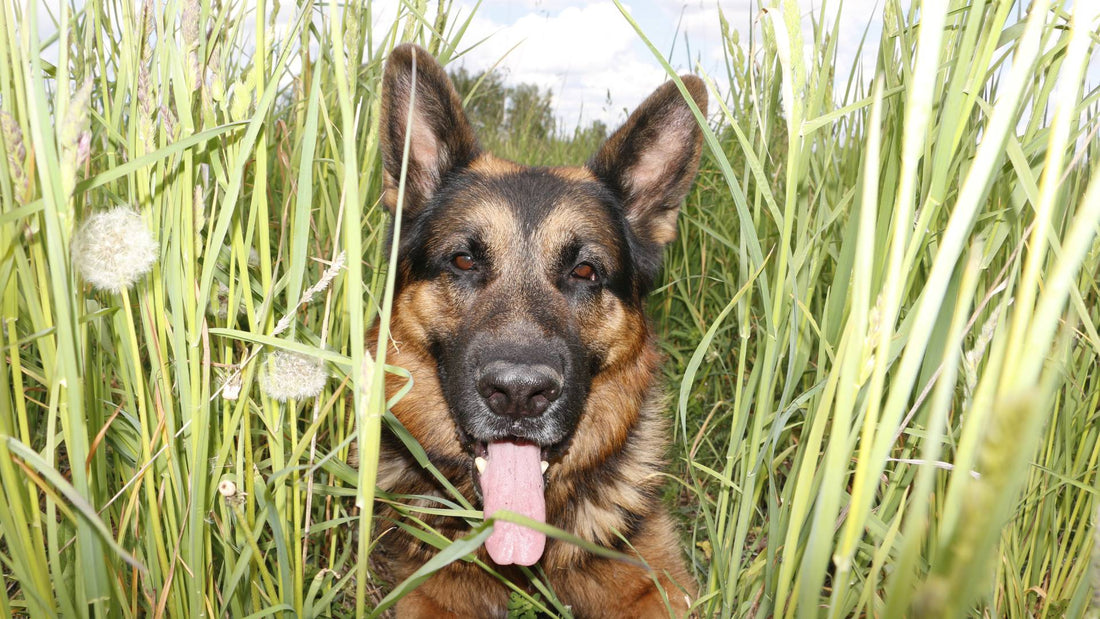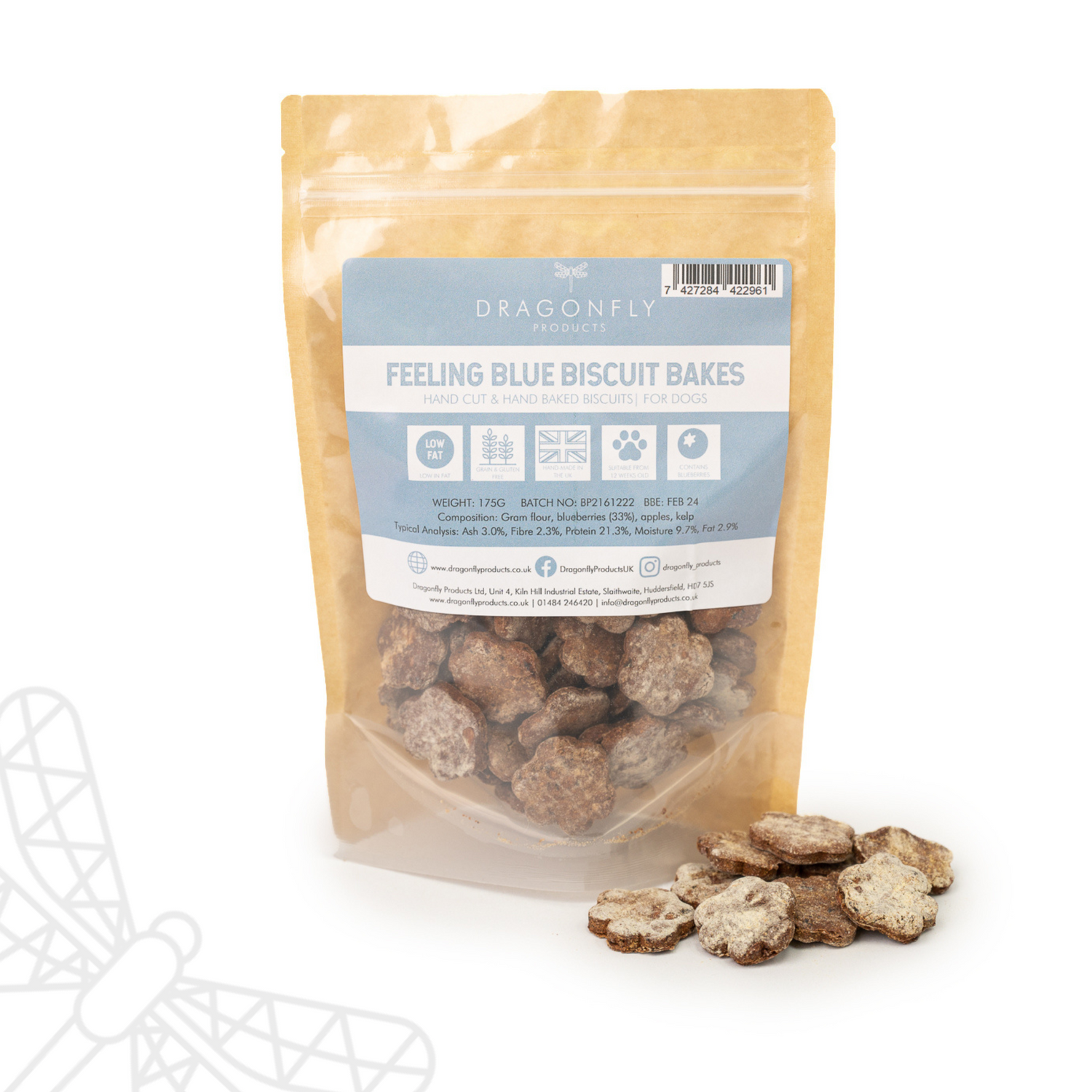
Hayfever in dogs; seasonal allergy symptoms & treatment
Hayfever isn't just a human condition; dogs can also suffer from seasonal allergies that cause discomfort and itching. Understanding the symptoms, causes, and treatments of hayfever in dogs is essential for keeping your pet happy and healthy.
Hayfever, also known as allergic rhinitis, is an allergic reaction to airborne substances, such as pollen, that affect the nose, eyes, and throat. It occurs when the immune system mistakenly identifies these harmless substances as threats, leading to an inflammatory response. Hayfever is typically seasonal, with symptoms flaring up during the times of year when pollen counts are high, such as spring and summer.
Table of Contents
- What are the Symptoms of Hayfever in Dogs?
- How Can I Tell if My Dog Has Seasonal Allergies?
- What are the Most Common Allergens that Affect Dogs?
- How Do I Treat My Dog's Hayfever or Seasonal Allergies?
- Can Dogs Develop Allergies to Pollen Like Humans?
- What are the Best Ways to Prevent Seasonal Allergies in Dogs?
- Are Certain Dog Breeds More Prone to Hayfever?
- How Do I Know if My Dog’s Itching is Due to Allergies?
- What Home Remedies are Effective for Dog Allergies?
- Can Dog Allergies Be Managed with Diet or Supplements?
What are the Symptoms of Hayfever in Dogs?
Hayfever in dogs can manifest in several ways, often differing from the classic symptoms seen in humans. Here are some of the most common dog hayfever symptoms:
- Itching and Scratching: Dogs with hayfever often exhibit persistent itching, particularly around the face, paws, and abdomen. This can lead to excessive scratching, licking, or biting of the skin.
- Red, Irritated Skin: The constant scratching can cause the skin to become red, inflamed, and sometimes even develop sores or hot spots.
- Dog Hayfever Eyes: Just like humans, dogs can experience symptoms in their eyes. These include redness, watering, and itching, which may cause your dog to rub its face against furniture or the ground.
- Ear Infections: Allergies can also lead to ear infections, especially in dogs with floppy ears. Symptoms include head shaking, ear scratching, and a noticeable odor.
- Respiratory Issues: Though less common, some dogs may develop respiratory symptoms such as sneezing, coughing, or a runny nose.
How Can I Tell if My Dog Has Seasonal Allergies?
Determining whether your dog has seasonal allergies involves observing the timing and recurrence of symptoms. Seasonal allergies, like hayfever, usually flare up at specific times of the year when pollen counts are high. If your dog’s symptoms worsen during spring, summer, or autumn, it’s likely they are suffering from seasonal allergies.
Monitoring the environment can also provide clues. If your dog shows symptoms after spending time outdoors, it could indicate a reaction to pollen or other outdoor allergens.
What are the Most Common Allergens that Affect Dogs?
Several allergens can trigger hayfever and seasonal allergies in dogs. Some of the most common include:
- Pollen: One of the leading causes of hayfever in dogs, pollen from trees, grasses, and weeds can cause intense itching and other allergy symptoms.
- Dust Mites: Although not seasonal, dust mites are a common indoor allergen that can exacerbate symptoms year-round.
- Mould Spores: Mould can grow in damp areas of your home, and its spores can trigger allergic reactions in dogs, particularly in humid seasons.
- Flea Saliva: Flea bites can cause allergic dermatitis, leading to itching and discomfort. Even a single flea bite can trigger a severe reaction in some dogs.
- Food Allergens: While not seasonal, food allergies can contribute to the overall allergic burden, making it harder to manage seasonal allergy symptoms.
How Do I Treat My Dog's Hayfever or Seasonal Allergies?
Treating dog hayfever or seasonal allergies requires a multi-pronged approach:
- Antihistamines: Over-the-counter antihistamines like Piriton can be effective, but always consult your vet before administering any medication to your dog.
- Topical Treatments: Shampoos, sprays, and creams designed to soothe itchy skin can provide relief. Oatmeal baths are particularly helpful for dogs with irritated skin.
- Dog Hayfever Treatment: For more severe cases, your vet may prescribe corticosteroids or other anti-inflammatory medications to reduce symptoms.
- Immunotherapy: Allergy shots or drops, known as immunotherapy, gradually desensitise your dog to the allergens over time. This is a long-term solution that can significantly reduce symptoms.
- Environmental Management: Reducing your dog’s exposure to allergens is crucial. This might involve frequent washing of your dog’s bedding, vacuuming regularly, and wiping down your dog’s fur and paws after walks.
Can Dogs Develop Allergies to Pollen Like Humans?
Yes, dogs can develop allergies to pollen, just like humans. Pollen allergy symptoms in dogs often include itching, red skin, and irritated eyes. Dogs that are allergic to pollen will typically show signs during the pollen-heavy seasons—spring, summer, and autumn. If your dog exhibits these symptoms seasonally, pollen is likely the culprit.
What are the Best Ways to Prevent Seasonal Allergies in Dogs?
Preventing seasonal allergies in dogs involves reducing their exposure to allergens and bolstering their immune system:
- Limit Outdoor Time: On days when pollen counts are high, keep your dog indoors as much as possible.
- Wipe Down Your Dog: After outdoor activities, wipe your dog’s fur and paws with a damp cloth to remove pollen.
- Bathe Regularly: Frequent baths with natural shampoo can help remove allergens from your dog’s skin and fur.
- Maintain a Clean Environment: Regularly clean your home, especially areas where your dog spends a lot of time. This includes washing their bedding and vacuuming carpets and upholstery.
- Supplements: Omega-3 fatty acids such as salmon oil and other seasonal supplements can support skin health and reduce inflammation, making your dog less susceptible to allergies.
Are Certain Dog Breeds More Prone to Hayfever?
Yes, some dog breeds are more prone to hayfever and other allergies. Breeds with a genetic predisposition to atopic dermatitis (a type of skin allergy) are particularly susceptible. These breeds include:
- Terriers (e.g., West Highland White Terriers)
- Retrievers (e.g., Golden Retrievers, Labrador Retrievers)
- Boxers
- Bulldogs (e.g., English Bulldogs, French Bulldogs)
- Poodles and Poodle mixes
These breeds often require more diligent management of their allergy symptoms.
How Do I Know if My Dog’s Itching is Due to Allergies?
Distinguishing between allergies and other causes of itching can be challenging. However, if the itching is seasonal or occurs in specific environments (like after being outdoors), it is likely due to allergies. Additionally, if the itching is accompanied by other seasonal allergy symptoms like red eyes or inflamed skin, allergies are the probable cause.
A vet can help confirm whether allergies are the source of your dog’s itching through a physical examination and possibly allergy testing.
What Home Remedies are Effective for Dog Allergies?
Several home remedies can help alleviate the symptoms of dog allergies:
- Oatmeal Baths: An oatmeal bath can soothe irritated skin and reduce itching. To prepare an oatmeal bath, you can either purchase pre-made colloidal oatmeal or grind regular oats into a fine powder using a blender or food processor. The powdered oatmeal is then added to a bathtub filled with warm (not hot) water, and the dog soaks in it for about 10 to 15 minutes. Afterward, it's important to pat the skin dry gently, without rubbing, to retain the moisturizing benefits.
- Aloe Vera: Aloe vera gel can be applied to hot spots or itchy areas to provide relief.
- Apple Cider Vinegar: Diluted apple cider vinegar can be used as a rinse or spray to repel fleas and reduce itching, but be careful to avoid open sores.
- Salmon Oil: Adding salmon oil to your dog’s diet can improve skin health and reduce allergy symptoms.
Can Dog Allergies Be Managed with Diet or Supplements?
Diet plays a crucial role in managing allergies in dogs. A well-balanced diet rich in omega-3 fatty acids can reduce inflammation and support skin health. Salmon oil, for example, is often recommended for dogs with allergies. Additionally, a diet free from common allergens (such as wheat, soy, and corn) can prevent food-related allergic reactions, which can compound seasonal allergies.
In some cases, we could recommend a diet with novel proteins and carbohydrates to minimise the risk of allergic reactions.
Hayfever and seasonal allergies in dogs can be challenging to manage, but with the right approach, you can significantly reduce your dog’s discomfort. By recognising the dog hayfever symptoms, understanding the allergens at play, and implementing effective dog hay fever treatment strategies, you can help your dog enjoy the changing seasons without the itch and irritation that often accompany them.
For any further help and advice please contact us on 01484 246420 and why not join our social media channels and online community on Instagram, Facebook or YouTube.
With Wags and Woofs,
Laura, Dolly & Reggie






